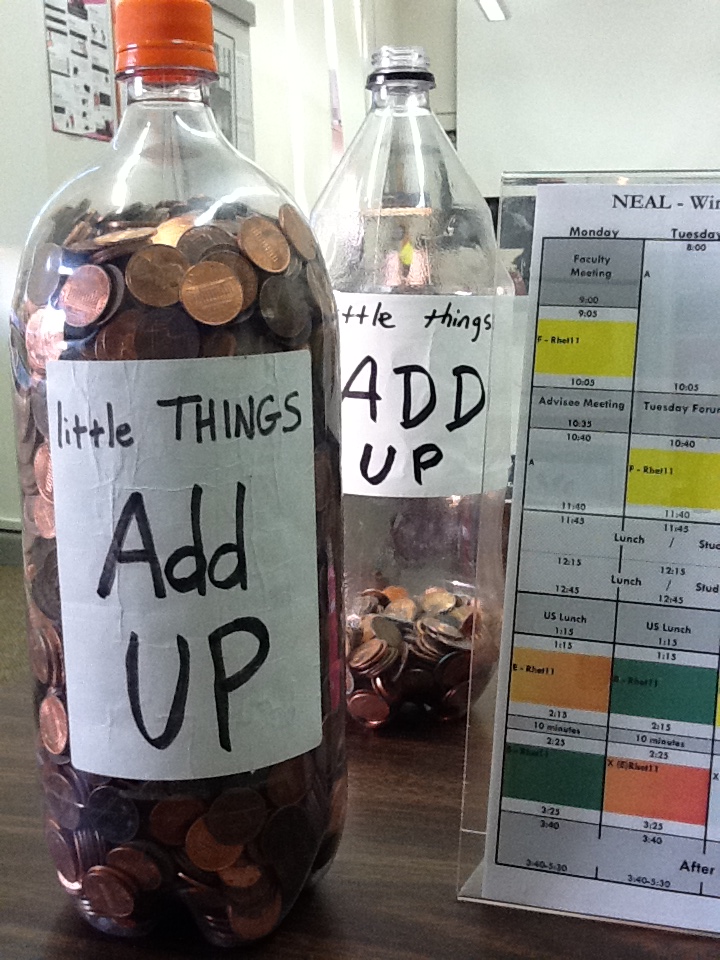Sneaky Ways Banks May Try To Make More From You
Last month, the president assented to an ammendment to the Banking Act which effectively limits how much interest banks can charge loans and how much they pay out as interest on savings. In summary, the bill put:
(i) a cap on lending rates at 4.0% above the Central Bank Rate (CBR) and
(ii) a floor on the deposit rates at 70% of the CBR.
Banks have no choice but to innovate to make more money, and the market is eager to see what new products they come up with. As it is, banks are required to seek Central Bank approval before introducing new charges to customers, but it is not clear how wide this requirement is. When I think about tactics banks may resort to to preserve their earnings especially in the short term, the following 4 come to mind.
a. Reducing the tenure of your loan, instead of reducing the repayments: One way of implementing a reduction in interest rates is by reducing the loan repayments – this is what we all expect. The effect is immediately felt in our pockets.
The second way, which is perfectly legal, is reducing the tenure of the loan, meaning your repayments remain the same, you repay your loan faster, and in effect end up paying less in interest. The relief is not felt in our pockets, but it is there because you finish paying the loan sooner than you would have.
Both methods are alright, but on a value of money perspective, the first favors you as a consumer (a shilling saved today is worth more, than the shilling you save tomorrow). The second secures the banks cashflows because they will be receiving the same amount of repayment from you in the short term, giving them time to innovate.
If your bank is going with the second option, consider meeting with your relationship manager to discuss if they can recalculate your repayments instead.
b. Introduce prepayment penalties on all facilities: A prepayment penalty is a charge a bank is at liberty to charge you if you pay back your loan sooner than you had indicated when you applied for it. Basically, the bank is saying, “we allowed you to borrow money for x years, therefore we planned to get y interest income from you for those years. Now that you have repaid us before that period is over, we charge you a penalty for the income we will not get”.
As far as I know, most banks currently do not charge a prepayment penalty on personal loans, whether secured or unsecured, and I do not think there is a law prohibiting this. Nothing is stopping them from introducing these, to make a little bit more money. Edit: As per the Consumer Protection Act (2014), banks are not allowed to charge a prepayment penalty, though an interpretation of this makes it seem that if the loan is secured, they can do so…
c. Increasing the quantum of existing fees: As mentioned earlier banks are required to notify the Central Bank if they are introducing new fees. I think they are however at liberty to review their existing fees, as long as they disclose sufficiently to clients. When it comes to loans, the key amounts to look at for are:
- Insurance fees – This is payable annually to insure the facility, so that should you die, the bank recovers its money. There is an argument to be made that higher risk = higher premium.
- Negotiation fee – This is an upfront fee, often quoted as a percentage of the loan amount.
- Commitment fee – This depends on the type of facility. Sometimes it is charged upfront, or over the loan drawdown period, and is a percentage of the facility.
As a customer, there is nothing you can do about these changes, but it is great to be aware of them, so that you can plan your finances accordingly.
d. Change how they calculate interest on loans, from reducing balance to flat interest. With reducing balance, your interest is calculated based on the portion of the loan you have outstanding. This means that as you pay down your loan, your interest payment decreases. However with flat interest rate, the interest is calculated on the entire loan, then you pay it down evenly over the term. How big is the difference?
Say you borrow 100,000 shillings for 1 year on reducing balance at 14.5%. By the end of the year, you will have paid 8,027.6 shillings in interest. If you borrow the same amount at a flat interest rate, you end up paying 14,500 shillings in interest over the year. Usually, flat rate adds up to an effective interest rate that is 1.5-1.9 times higher.
In conclusion, you want to read the terms and conditions of all your dealings with the banks a bit more closely now…
Over to you. What has your bank told you about the interest rates cap? Does it cover all facilities including credit card debt? Have they communicated any changes in the structure of the fees they charge on borrowing? What do you think, is the interest rates capping good or bad for the economy? Let us discuss in the comments section below, and on Twitter. Remember to subscribe to my monthly newsletter!




3 Comments